Michael Dalton (b. Marshfield Mass 1985.) received his BFA from The School of Visual Arts, and his MFA from The University of Hartford. His work has been exhibited throughout the United States and in Berlin in both group and solo exhibitions including Photo Spiva, Joplin, MO (First place winner), Con Artist Collective (NYC), McNeese State University (Lake Charles, LA), The Joseloff Gallery, Hartford, CT, Kominek Gallery, Berlin, Germany, and the 3rd Street Gallery, Philadelphia PA to name a few. Dalton was a visiting professor at The University of Hartford and has lectured at Paramus High School, Western Connecticut State University, and at the nonprofit, Launch Pad. Dalton has had press in both the Philadelphia Inquirer and Metro News. His work has been published in “Long Lonely Swims”, aG_Halide Press, Hartford, CT (2012), “Mossless Issue 3: The United States (2003-2013)”, Mossless Magazine, New York City, NY and his forthcoming monograph from Peperoni Books (Germany), “The Great Falls” (August, 2017).
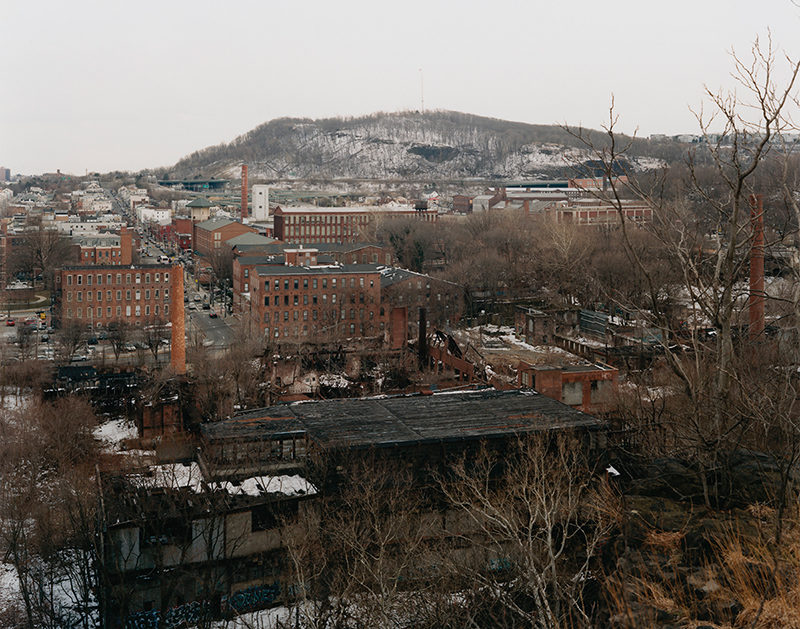
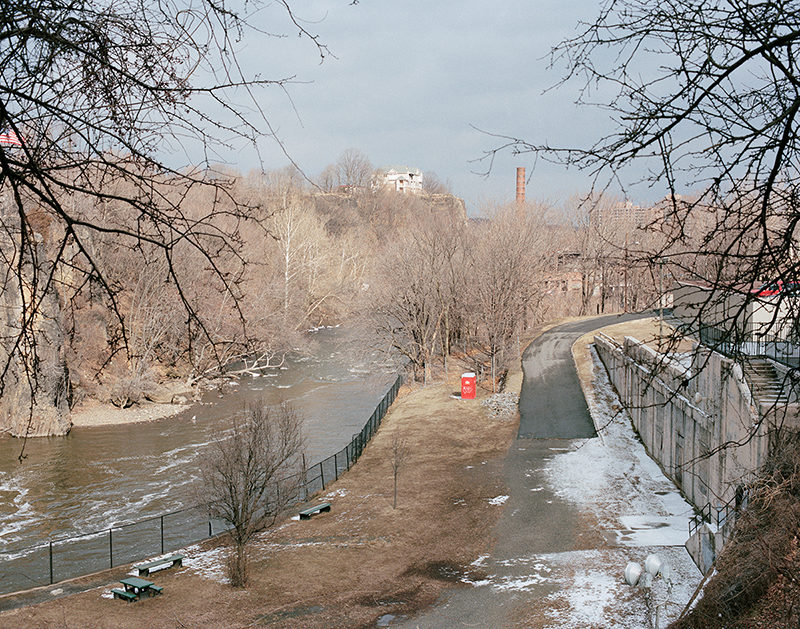
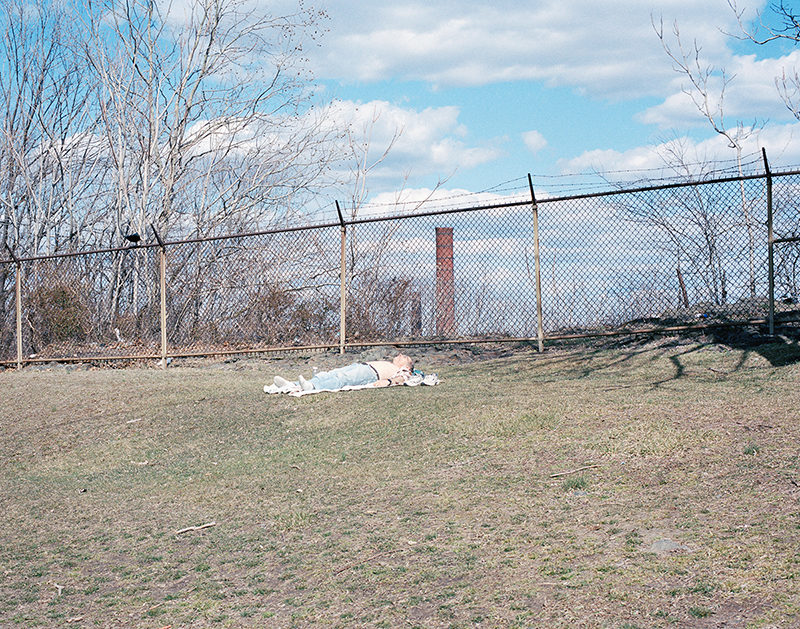
The Great Falls
The Great Falls is a documentary style exploration of a personal moment of catastrophe, that grows into resilience, reclamation and an attempt to escape. The photographs depict the landscape of a park and its surrounding areas, artifacts, and people. It also portrays the ability nature has to reclaim its territory robbed by the early industrialist. Although the trees, buildings and people could all be from one place, the images are made in various locations including Paterson NJ, Lowell MA (Paterson NJ’s sister city), Newark NJ, and Berlin Germany. The specificity of the location is not the central focus. There are many areas throughout the United States that use The Great Falls as a name. Therefore, The place, its geology, waterfall, the river and the people are all metaphors, and together represent a psychological place that touches on the complicated human experience of grief, an attempt to cope, and a desire to escape.
Utilizing the falls and the river as central figures, the presence of water and time are partners in the postindustrial landscape. When going through the park, a second character prominently emerges- the abandoned model home from a unfinished development, which looms ominously over the Valley of The Rocks leading into the park. In the building’s shadow the falls becomes a guardian for people who rely on its indelibility and ability to give fortitude and solace
While walking around the park you will find the typical bones of a capitalist boom in the form of old smoke stacks and crumbling stone walls. You will also find Virginia Creeper, honey suckle, oak and birch trees that use the old factories as homes for a catalyst of growth and decay. During walks through the various nooks, hidden pathways you may see people doing drugs, having sex, babies crying and kids going on first dates and first breaks. Ultimately, I found that one of the most glorious discoveries within the boundaries of the park were the moments of simple connections between people, while hanging out near the run of the river, close to the falls. During the warm yellow and green summer evenings, freedom and humanity coexists among relics of a cold past.
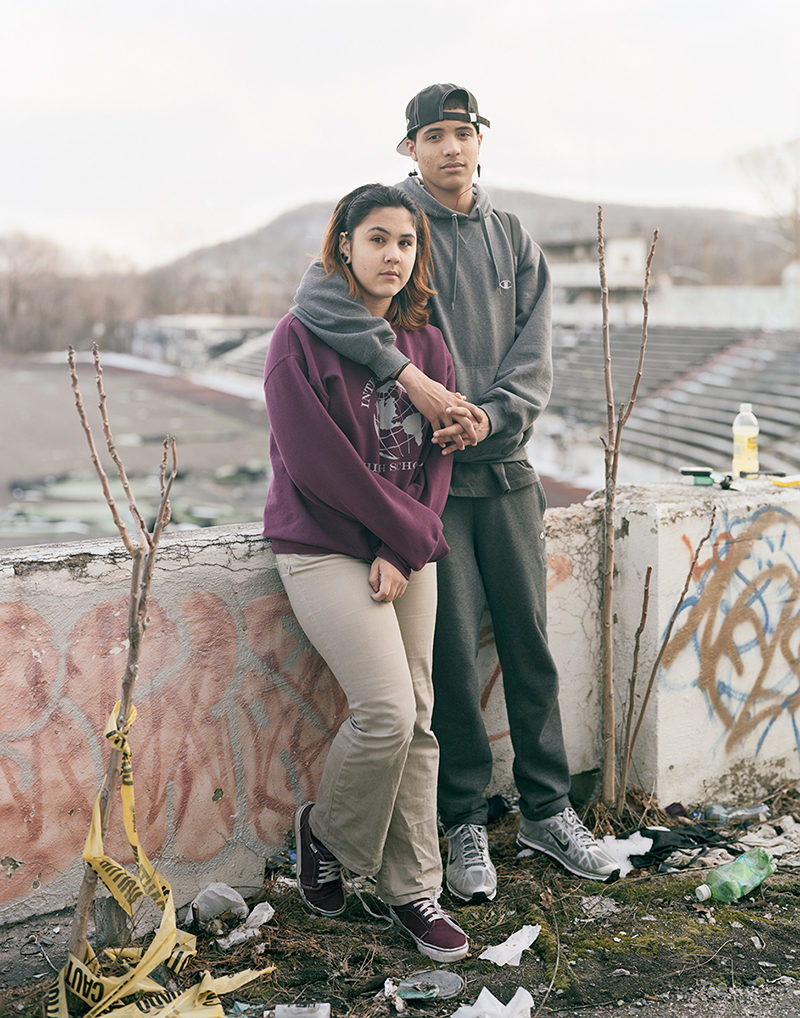

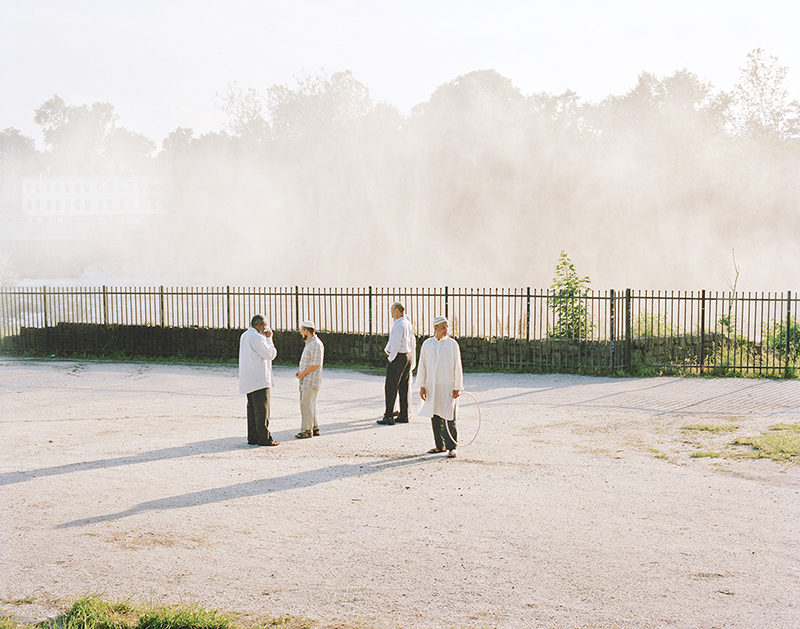
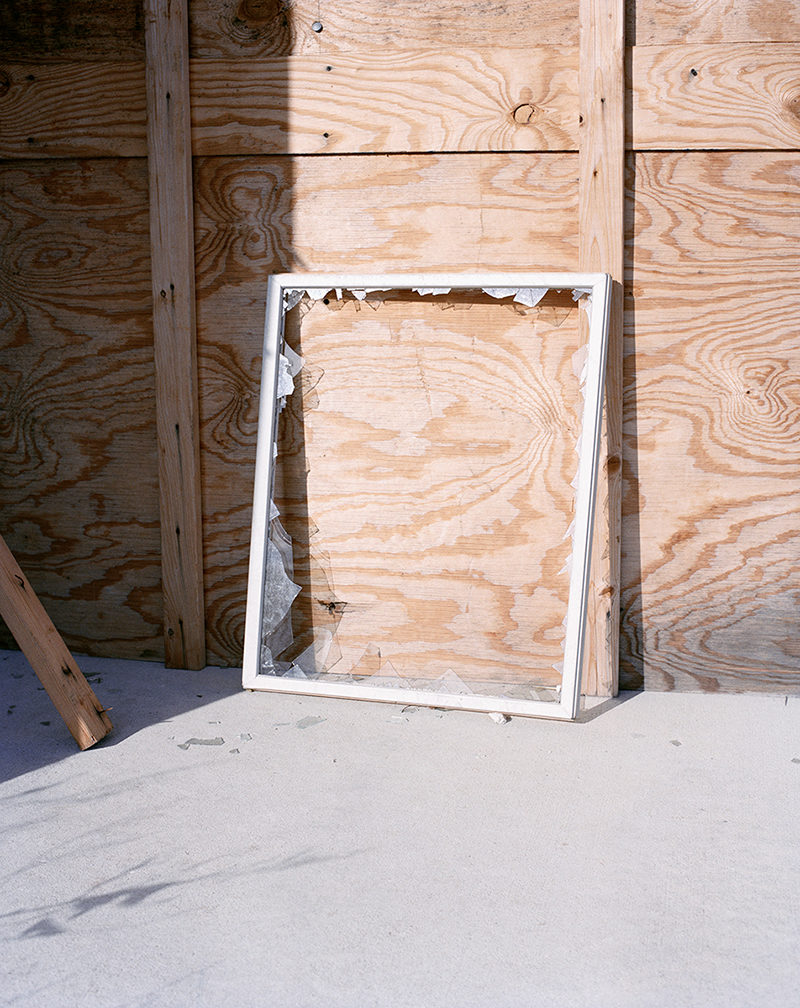
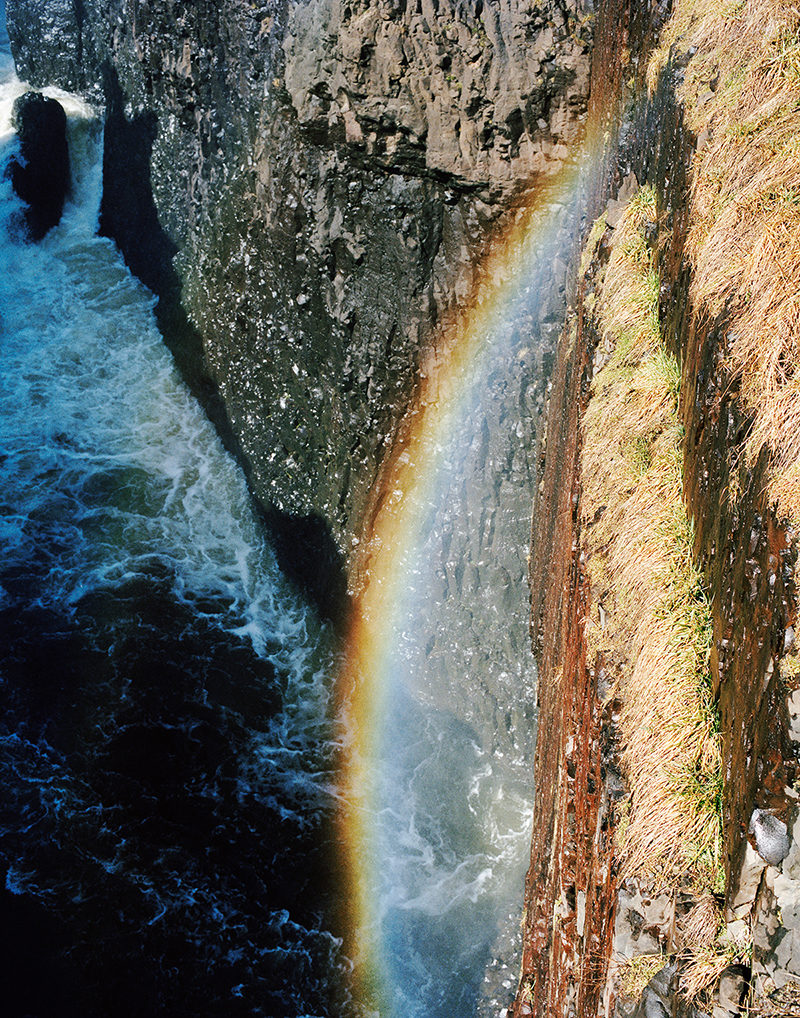
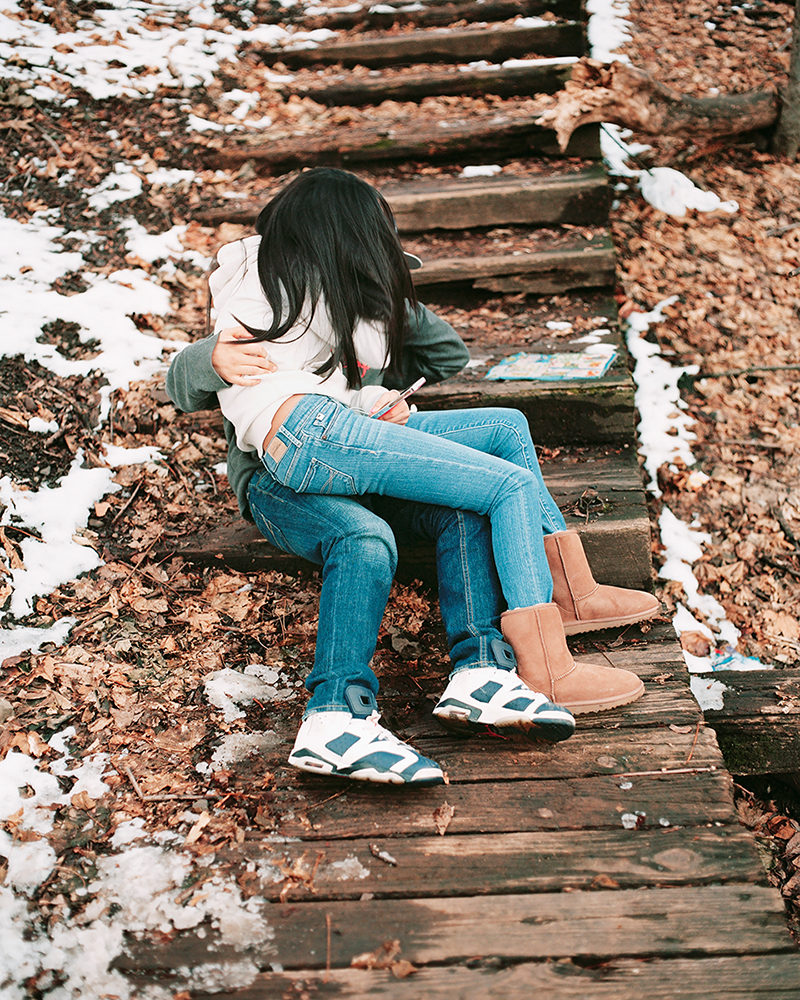
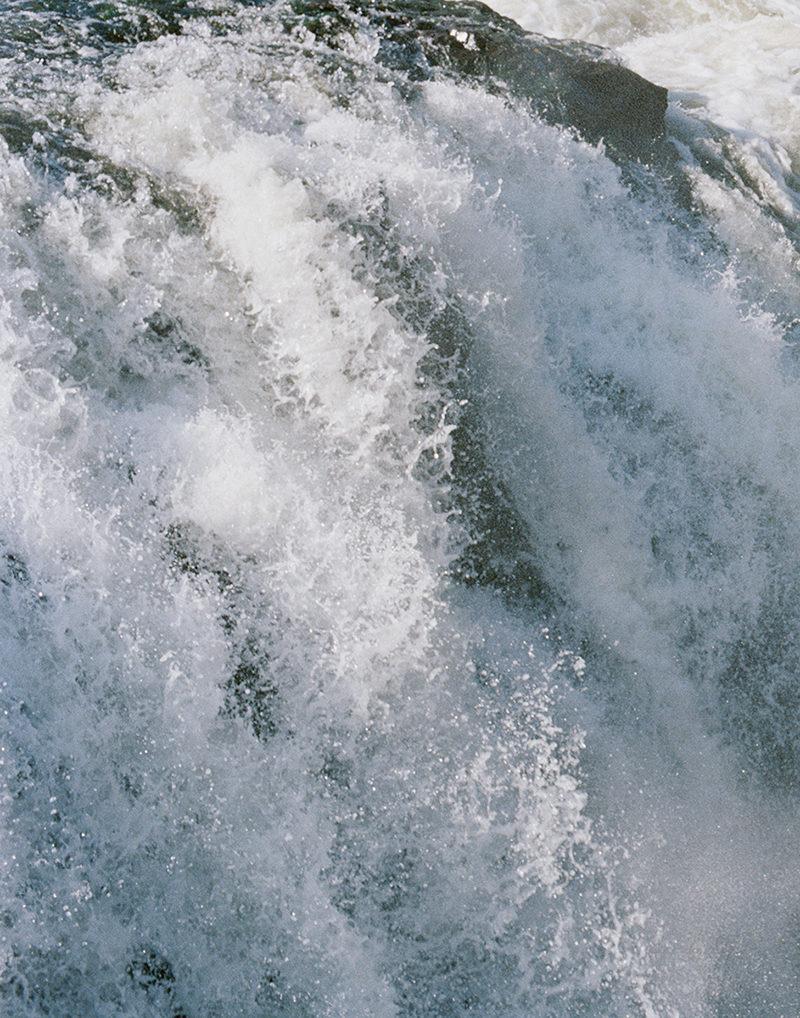

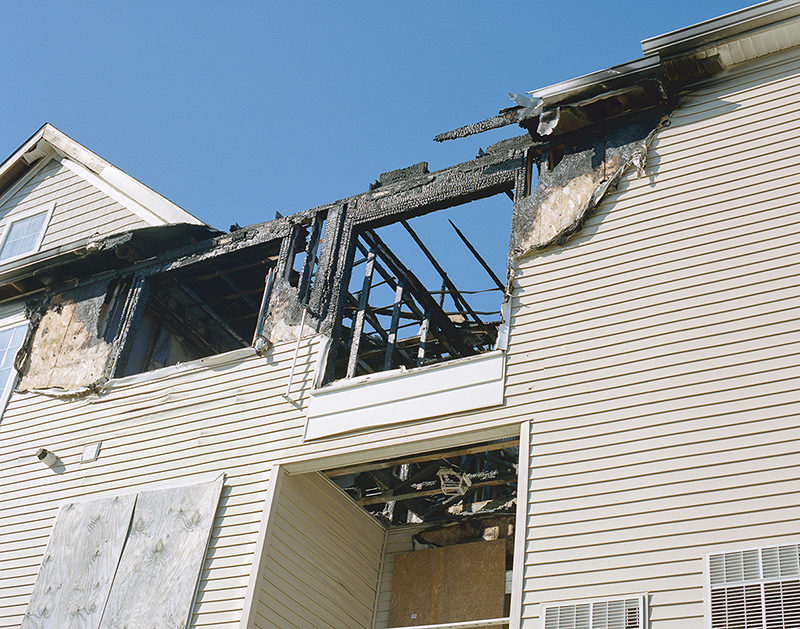
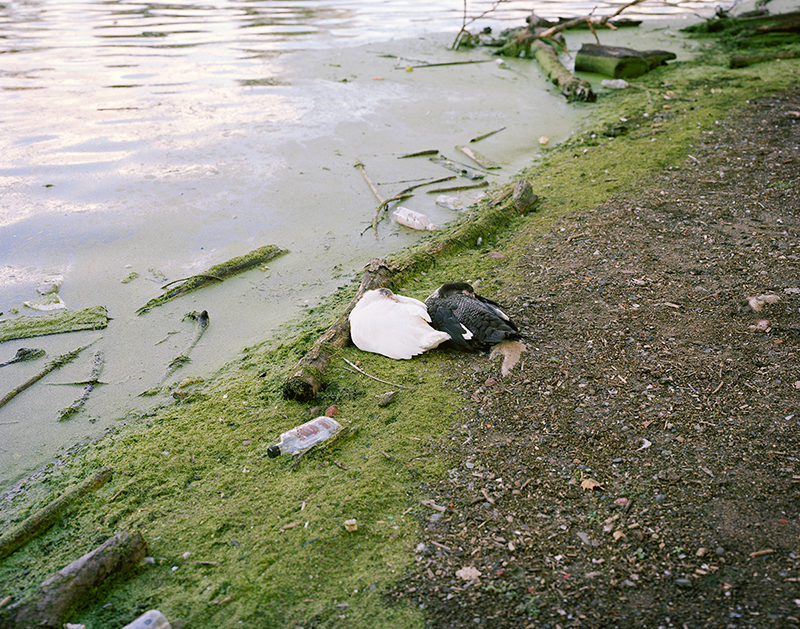
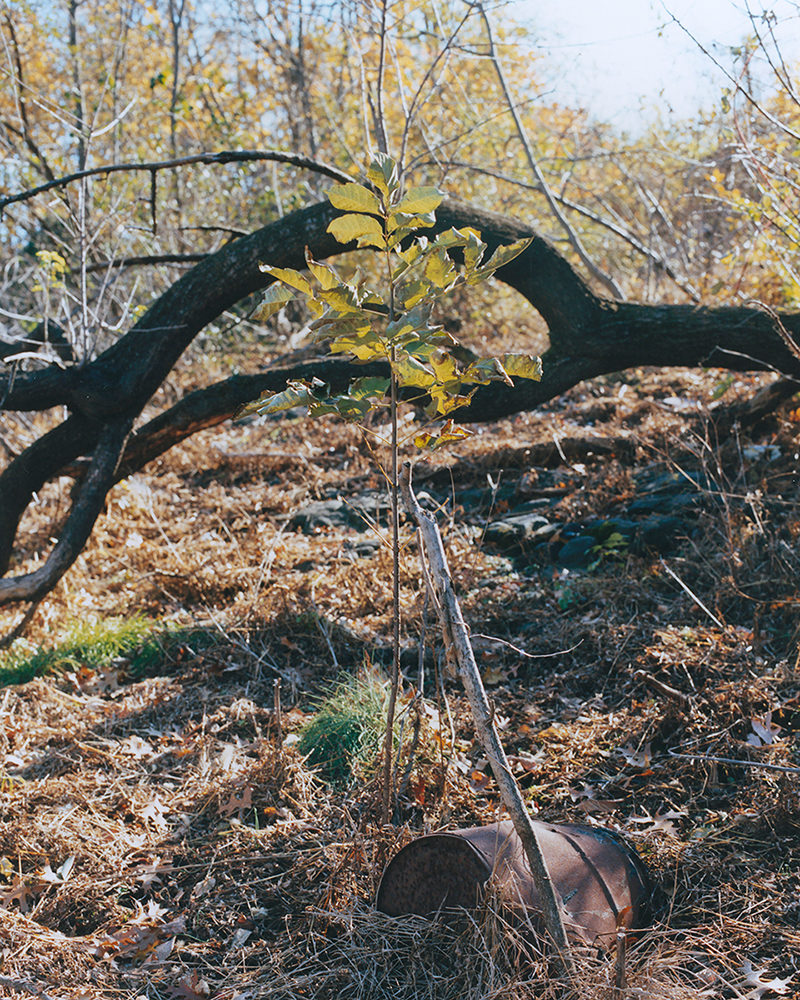
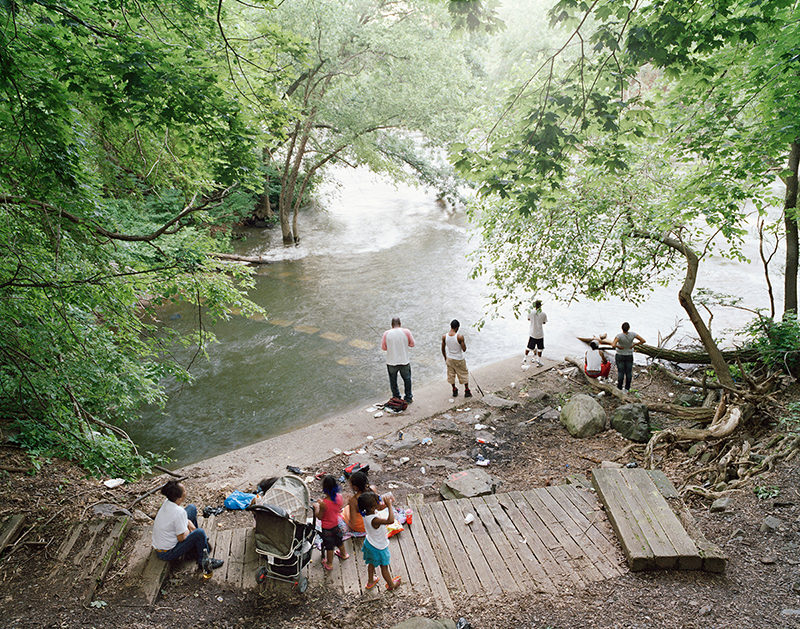
To view more of Michael’s work please visit his website.